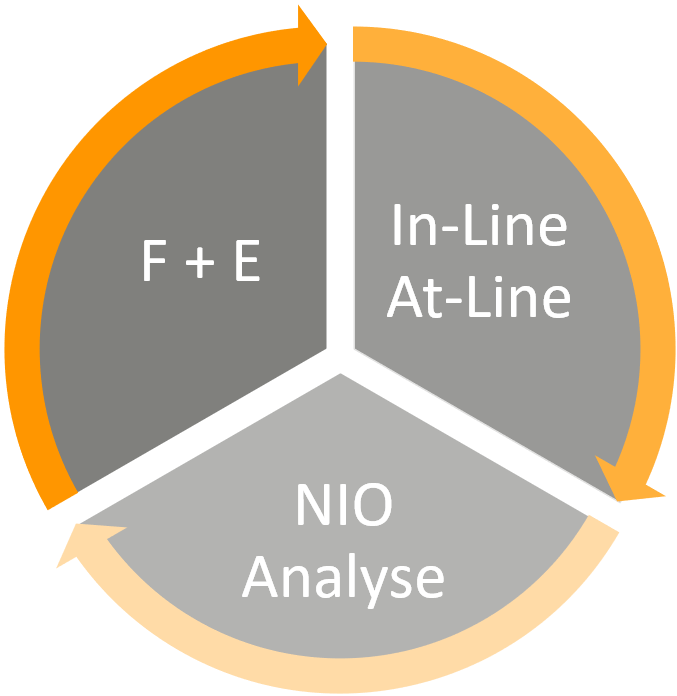“The Swiss Army Knife of the Optical 3D Inspection”

Heliotis’s 3D sensors enable to easily measure and analyze a wide variety of samples in development and research. For this purpose we offer flexible laboratory systems that enable both interactive examinations and fully automated batch measurements.
The experience gained from research and development can directly be transferred to the production line, as the 3D sensors of Heliotis are also ideal for sampling and 100% inspection on the production floor.
Process variations in production can be easily analyzed in the laboratory. Since the 3D sensors are suitable for both laboratory and the production line, new laboratory findings can be transferred safely and quickly into the inline test and inspection parameters of the production line.
Visit the Heliotis booth to get to know our advanced heliInspect 3D sensors, which are used from individual ...
Read MoreThe Swiss Medtech Expo Luzern is a trade fair for the medical technology industry with a focus on ...
Read MoreWe are proud to announce that our company has been appointed as a voting member of the prestigious ...
Read More